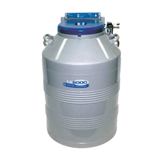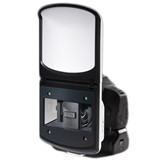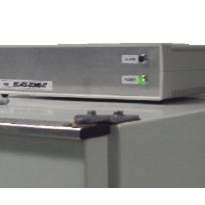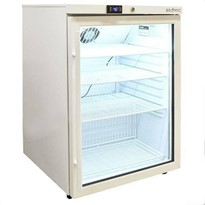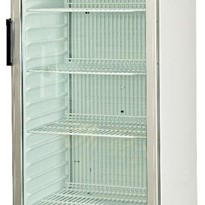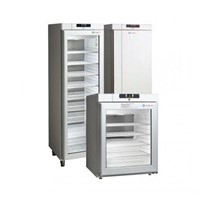Government agencies, including school systems and child care centres, all enforce regulations surrounding vaccines and make recommendations for various groups of people to receive their vaccination shots.
When patients arrive at the doctor’s clinic to receive a vaccine, they are ultimately placing pure confidence in the medical provider that the vaccines are safe for use and have been stored and handled in the correct manner according to current guidelines. Inadequate storage and handling of vaccines can result in the vaccines being totally compromised, or reducing their ability to be effective – something which can result in placing people at very high risk of harm. Taking the correct steps and methods to correctly store vaccines can assist you to provide safe and efficient services to others.
Top correct vaccine storage tips
- Only store vaccines in a purpose built, industry approved vaccine refrigerator that is capable of holding temperature at the "Strive for 5" optimal range of 2°C to 8°C.
- Vaccines which are stored frozen are required to hold a temperature range of between -50°C to -15°C.
- Correct storage recording procedure of vaccines requires two separate medical refrigerator temperature recordings to be logged twice daily, and also after power outages.
- If an event occurs where the medical fridge or freezer falls out of the recommended range guidelines, local health authorities or the original manufacturer of the vaccine should be contacted and advised of the duration of time the vaccine fell below the advised temperature guidelines. They will be able to advise on fridge safety concerns and what to do with potentially comprimised products.
- All facilities should have a vaccine management protocol in place and staff should be fully aware of the what constitutes a Cold Chain breach and what is required when reporting a Cold Chain breach.
- Correct stakcing methods should also be used within your medical refrigerator.
Official vaccine handling standards
Anyone handling a vaccine is obliged to undertake precaution and care during the handling procedure. Specific considerations need to be enacted when a vaccine is removed from any vaccine storage facility or pharmacy fridge. Handling of the vaccine needs to be maintained with accuracy. This involves implementing and maintenance of cold chain procedures along with several other factors, including:
- Ensuring portable vaccine containers are kept enclosed at all times where possible.
- When frozen vaccines are removed from the medical freezer, utilise frozen water bottles and gel packs to assist in the transportation of vaccines off the premises.
- Accessing motorised portable refrigeration units when working in remote locations or in the field.
- Implementing calibrated thermometer temperature checks and maintaining effective calibration on the thermometer used.
- The First In First Out method isn’t just for restaurants and bars – avoid expiration of vital vaccines or accidental administration of expired vaccines by initiating FIFO methods within your system maintenance.
- Repositioning vaccines after transportation immediately into a recommended storage unit – it’s essential to keep vaccines at a controlled temperature.
Euro Chill is a leading manufacturing and supply company specialising in medical refrigeration. Our extensive thirty years’ experience within the commercial refrigeration industry has enabled the Euro Chill team to obtain the expertise applicable to medical sectors that require reliable vaccine storage solutions.


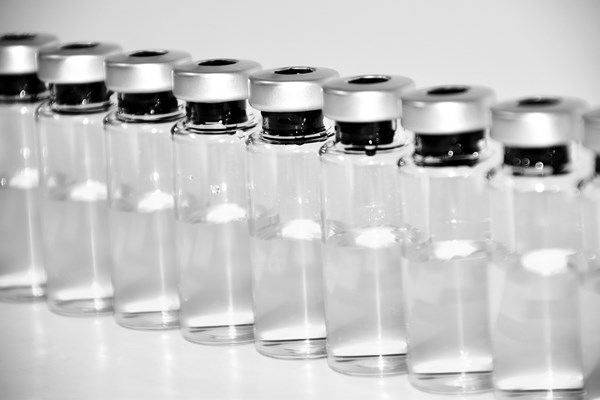
-160x160-state_article-rel-cat.png)



